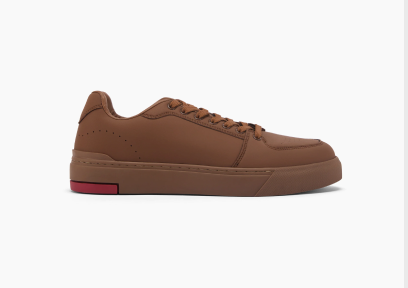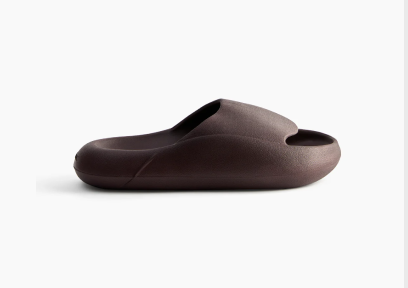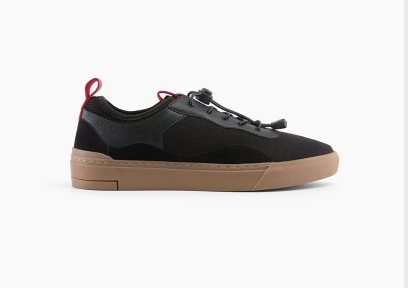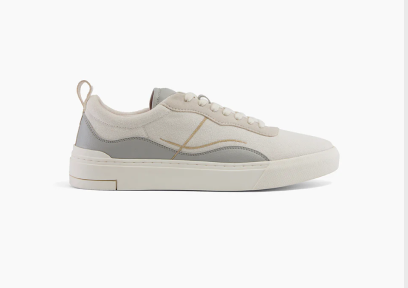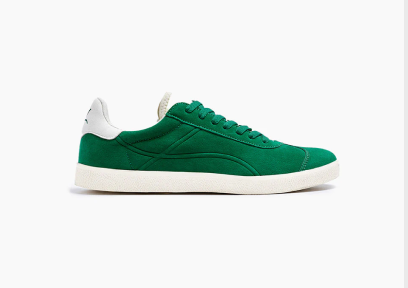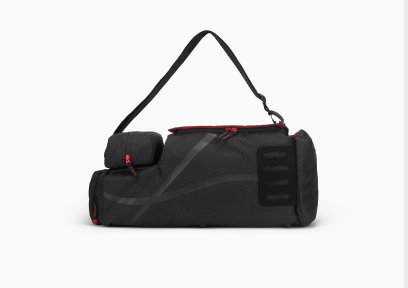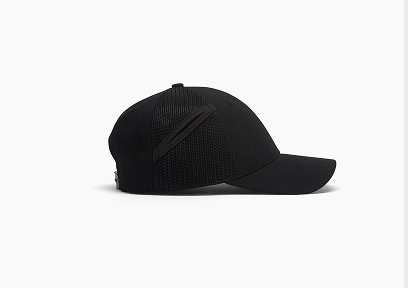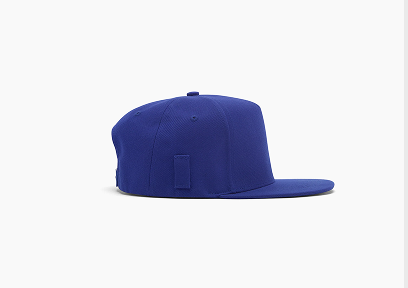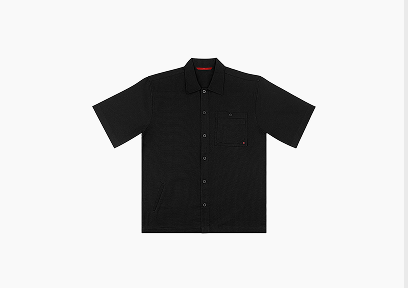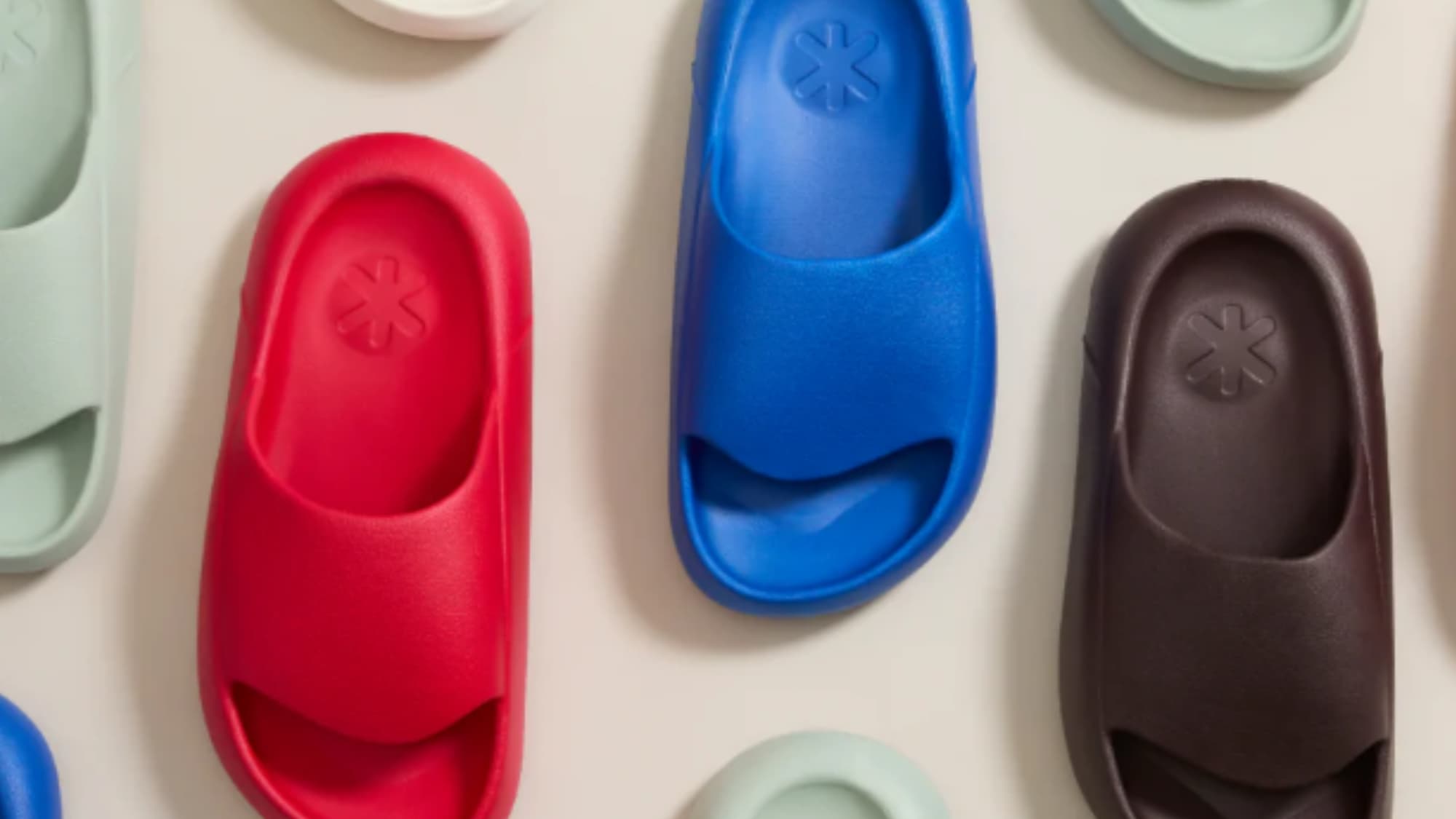EVA Sole vs Rubber Sole: Which One Is Better for You?
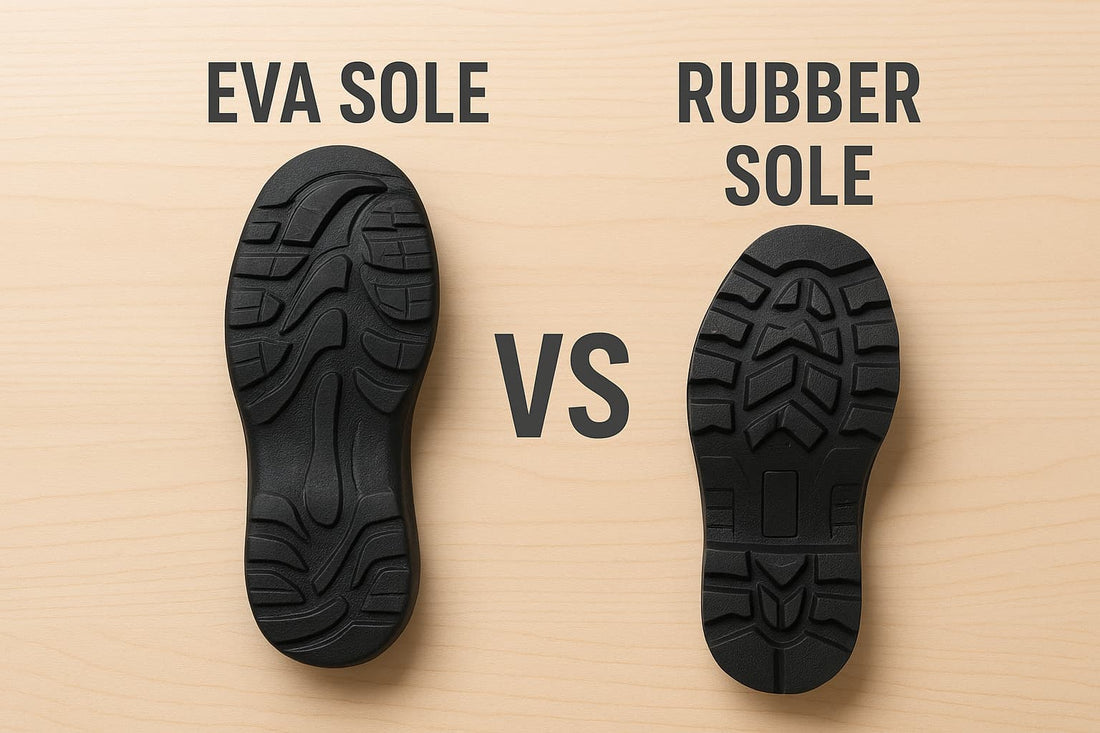
Imagine you slip on a new pair of sandals and take your first few steps. The comfort feels right, the design fits your style. But something seems to be off. That’s probably because of sole, which feels out of place.
Yes. The sole defines not only how a sandal feels underfoot. But the type of sole also decides how long a footwear lasts and how confidently you walk. Thanks to the technology, so-called EVA soles are becoming more popular. But you might have been used to rubber soles. So, EVA sole vs Rubber sole, which is better? You need more knowledge.
Every fashion enthusiast who values both comfort and style eventually faces this decision. The secret lies in understanding the material beneath your feet that supports your lifestyle.
EVA vs Rubber Sole at a Glance
| Feature | EVA Sole (Ethylene Vinyl Acetate) | Rubber Sole |
| Durability | Compresses and wears faster with daily use | Highly durable and abrasion-resistant |
| Cushioning | Soft, plush, and shock-absorbent | Firm, stable, and supportive |
| Weight | Very lightweight | Heavier but sturdier |
| Traction | Limited grip on wet or uneven surfaces | Excellent slip resistance and surface grip |
| Comfort | Feels soft and bouncy underfoot | Feels firm with consistent support |
| Sustainability | Petroleum-based, less eco-friendly | Natural or recycled rubber options are greener |
| Cost | Lower upfront price, wears out faster | Higher cost, lasts longer |
| Best For | Light activities, travel, indoor wear | Daily use, outdoor terrain, long walks |
| Common Use | EVA material shoes, sandals, sneakers on formals | Vegan leather footwear, hiking sandals, city wear |
What Is EVA Sole?
EVA stands for Ethylene Vinyl Acetate, a lightweight, foam-like material used widely in footwear. When you see “sole material EVA means” on a shoe description, it refers to a sole that prioritises cushioning.
EVA material shoes feel soft, bouncy, and light. The sensation underfoot resembles a gentle cushion that absorbs shock. For fashion lovers who spend hours on their feet, EVA outsoles have noticeable comfort from the first wear.
You find EVA soles across categories, viz., casual sandals, trending sneakers, and even formal shoes. However, the softness that defines EVA also introduces a few limitations.
EVA Sole Advantages and Disadvantages
EVA’s biggest strength lies in its comfort. The material compresses slightly with each step, easing pressure on your joints. That is why EVA is favoured in sneakers for daily use and for formal attire where prolonged comfort is essential.
However, there are disadvantages to EVA soles also. Over time, the material loses its shape and cushioning. The material compresses permanently with repeated wear. EVA soles can also wear down faster on rough surfaces. So they perform best for light use only.
Another factor to consider is traction. Many ask, “Is EVA sole slip-resistant?” The answer depends on the tread pattern and finish. While EVA soles provide basic grip on dry surfaces, they lack the traction of rubber on wet or uneven ground.
What are Rubber Soles
Rubber has been a trusted footwear material for decades. It is dense, sturdy, and naturally slip-resistant.
A rubber outsole resists abrasion and deformation. You can wear rubber-soled sandals across seasons without worrying about flattening or cracks. The grip remains strong even on slippery pavements, wet grass, or gravel paths.
Rubber soles also age gracefully. They rarely lose their form and tend to maintain their original support structure longer than EVA.
EVA vs Rubber Sole: The Core Differences
When choosing between an EVA sole vs a Rubber sole, think about your lifestyle and fashion needs.
1. Durability and Longevity
Rubber wins for durability. Its dense texture resists wear and lasts through daily friction. EVA compresses with time. The cushioning that feels heavenly on day one might flatten after months of use. If you prefer shoes or sandals that endure years of wear, rubber provides a better return on investment.
2. Comfort and Cushioning
EVA scores high on comfort. The foam structure delivers excellent shock absorption and softness. Rubber feels firmer but gives you stability and consistent support. Some modern footwear combines an EVA midsole with a rubber outsole to balance cushioning and traction.
3. Weight and Flexibility
EVA soles are feather-light. You hardly feel their weight. Rubber adds weight but also sturdiness. For leisure activities and casual outings, EVA feels freeing. For travel, workdays, or adventure walks, rubber has better support.
4. Traction and Grip
Traction defines your confidence on slick or uneven surfaces. Rubber outsoles outperform EVA by a large margin. They maintain grip on wet floors, cobblestones, or sand-covered trails. EVA has enough traction for indoor or dry environments, but less reliability outdoors.
5. Sustainability
Eco-conscious fashion increasingly values sustainable materials. Natural rubber tapped from rubber trees can be biodegradable and renewable. Recycled rubber options further reduce waste.
EVA, on the other hand, is petroleum-based and non-biodegradable. Some brands now use recycled EVA to minimise their impact. But rubber still stands as the greener choice overall.
6. Cost and Long-Term Value
EVA shoes usually cost less up front. Yet, frequent replacements add to long-term expenses. Rubber soles are more expensive initially but remain durable, delivering better long-term value. If you see footwear as a long-term style investment, rubber offers better cost efficiency.
Footwear Choices for Every Lifestyle
Each material aligns with a specific purpose. Understanding your daily habits makes the choice simpler.
- For city life and daily commutes: Rubber soles endure constant wear on concrete.
- For travel and leisure: EVA soles keep luggage weight down and add comfort.
- For fashion: Sneakers on formals with EVA midsoles have a soft step under tailored outfits.
- For Eco-conscious Buyers: Natural rubber soles or shoes made with recycled materials minimise environmental impact.
Which One Is Better for You?
If you lean toward comfort and lightness, EVA soles are your match. They cushion every step and feel breathable during casual walks or indoor use. For those who prioritise longevity, grip, and structure, rubber soles are reliable.
Think of EVA as the comfort-driven option for slow days and soft steps. Think of rubber as the sturdy companion for daily challenges and weather variations.
Fashion trends evolve, but the demand for comfort and durability remains constant. Whether you prefer the plush bounce of EVA or the steady firmness of rubber, the right sole transforms your experience from the ground up.
When you shop next, pause for a moment before falling for colour or shape. Look beneath the design. The sole you choose decides not just how you look, but how you walk.
FAQs
EVA sole vs rubber sole, which is better for footwear?
Rubber soles are better when you want durability, traction, and long wear. EVA soles are better if you prefer lightness and cushioning for casual or indoor use. Your activity level decides which performs best.
What is EVA material in shoes?
EVA material in shoes means Ethylene Vinyl Acetate, a soft, flexible foam that cushions your steps. It absorbs shock efficiently and keeps your footwear lightweight.
Is EVA material waterproof?
Yes, EVA material is waterproof. Its closed-cell structure prevents water absorption and keep you dry even in damp or humid environments. However, traction on wet surfaces can vary.
Is EVA sole good for skin health?
EVA soles are gentle on your feet because they reduce impact and pressure. They’re skin-friendly, non-toxic, and suitable for sensitive skin. But extended moisture exposure may cause mild irritation for some wearers.
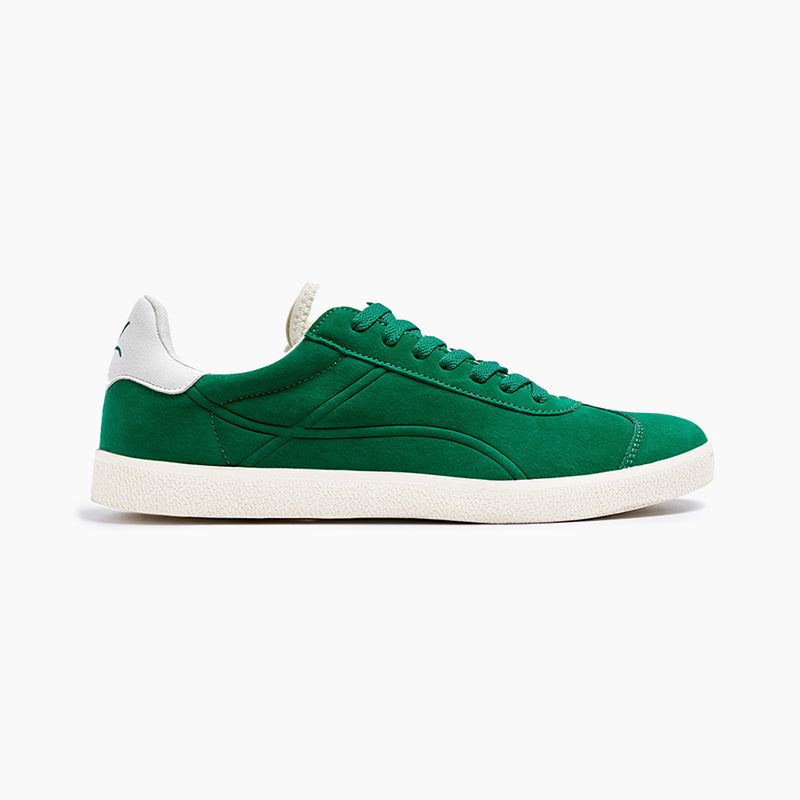


 The Sport Bag
The Sport Bag
 Circuit Shirt
Circuit Shirt
 Socks - Pack of 8
Socks - Pack of 8
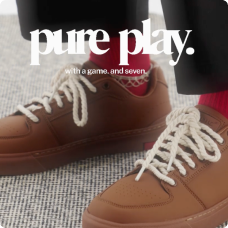 Nova Play
Nova Play





